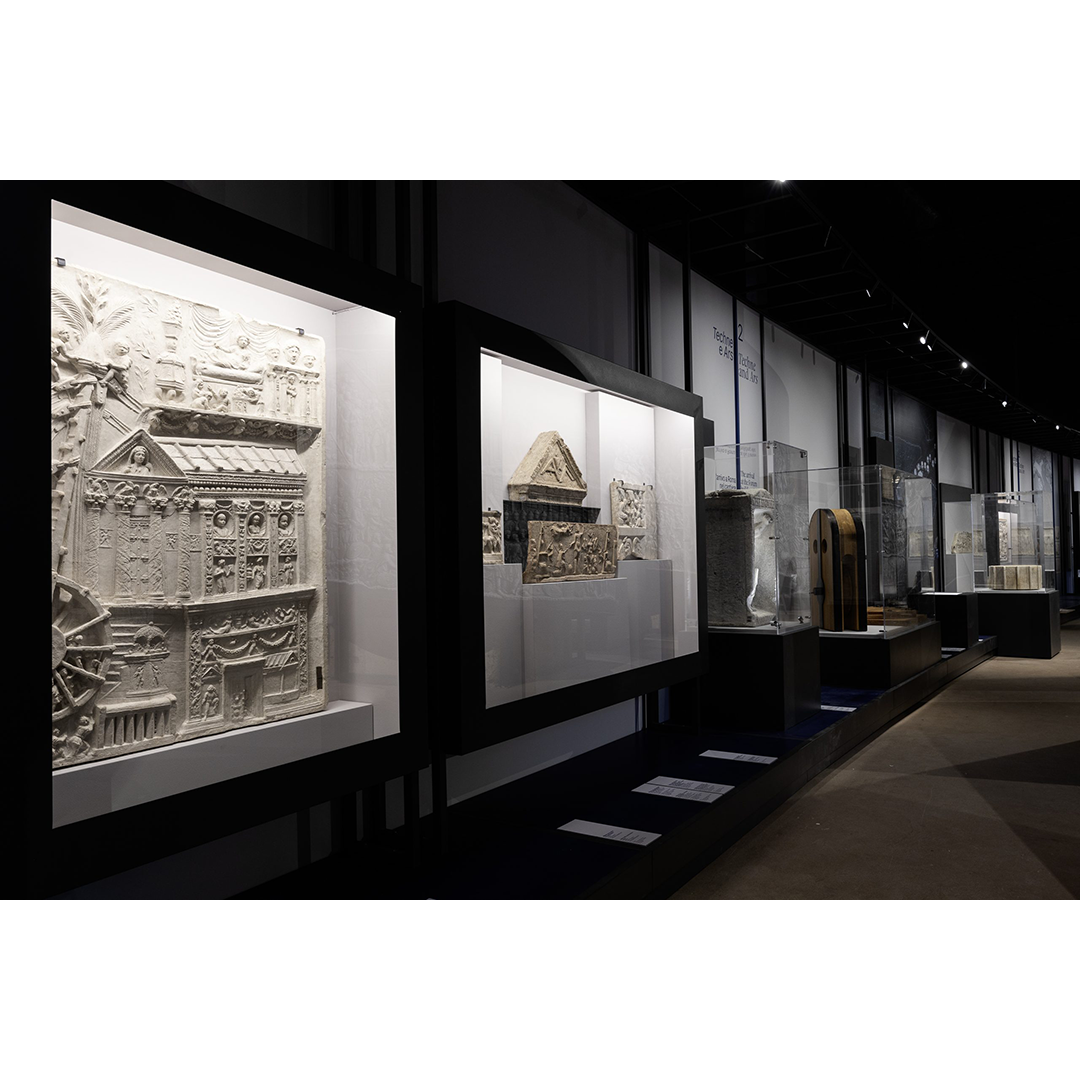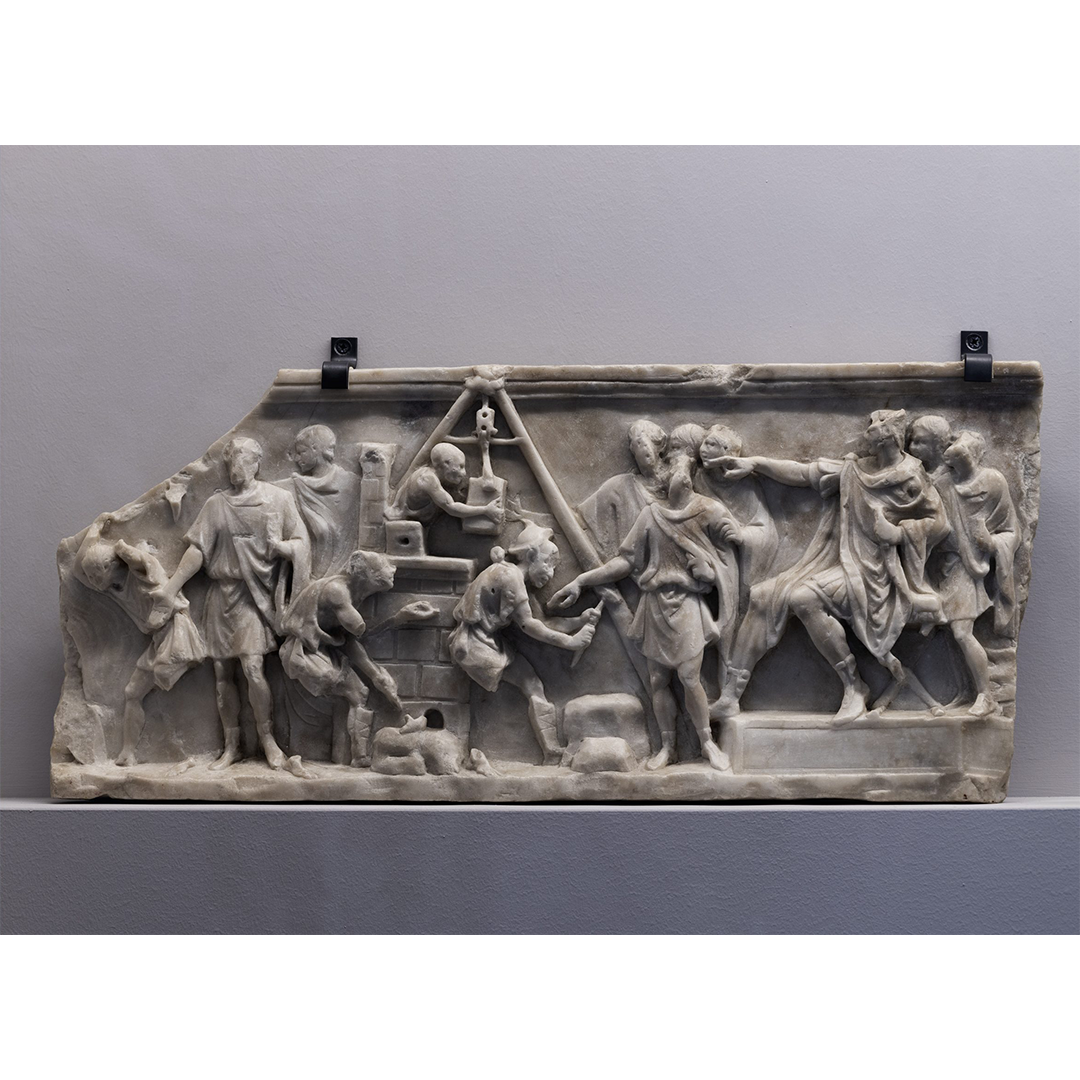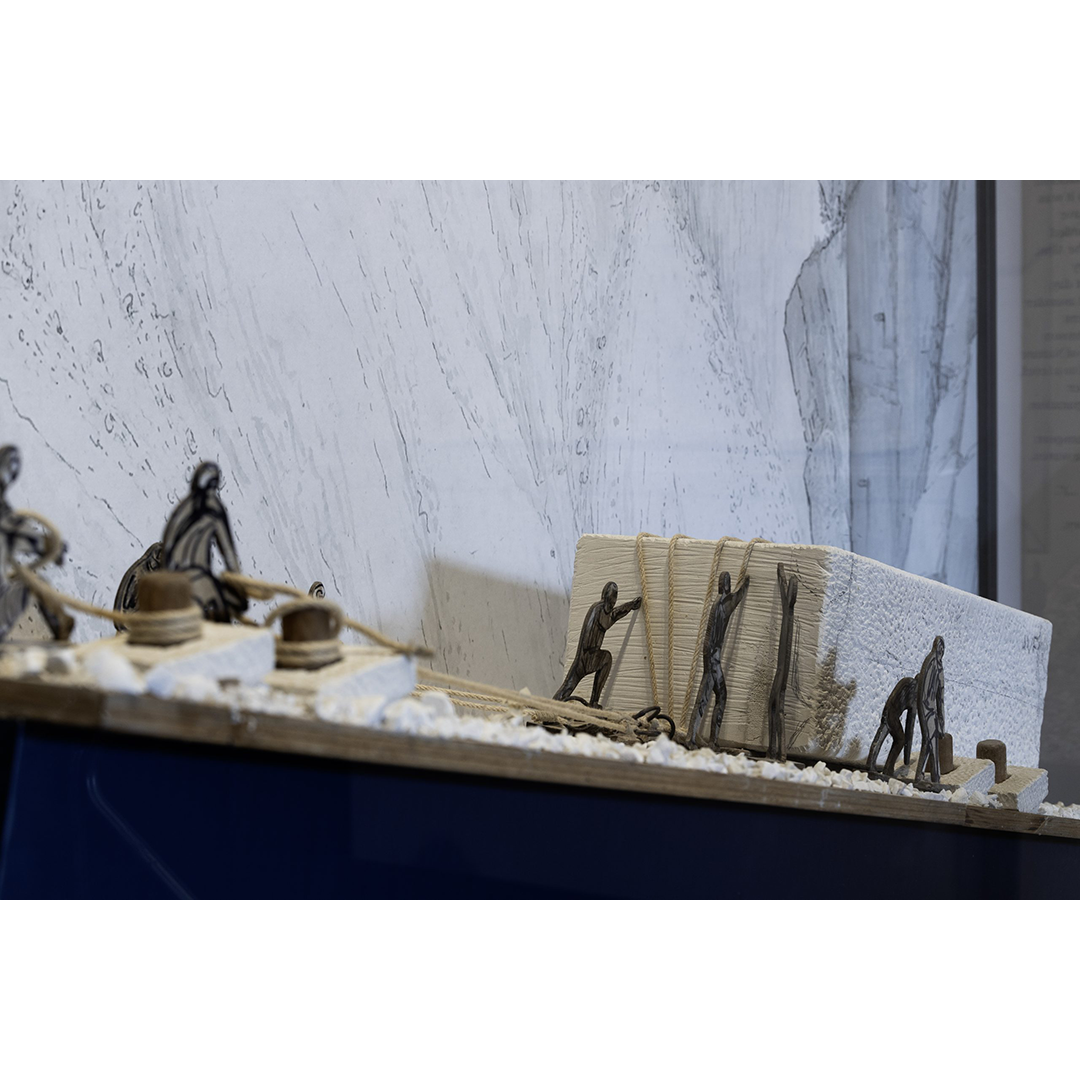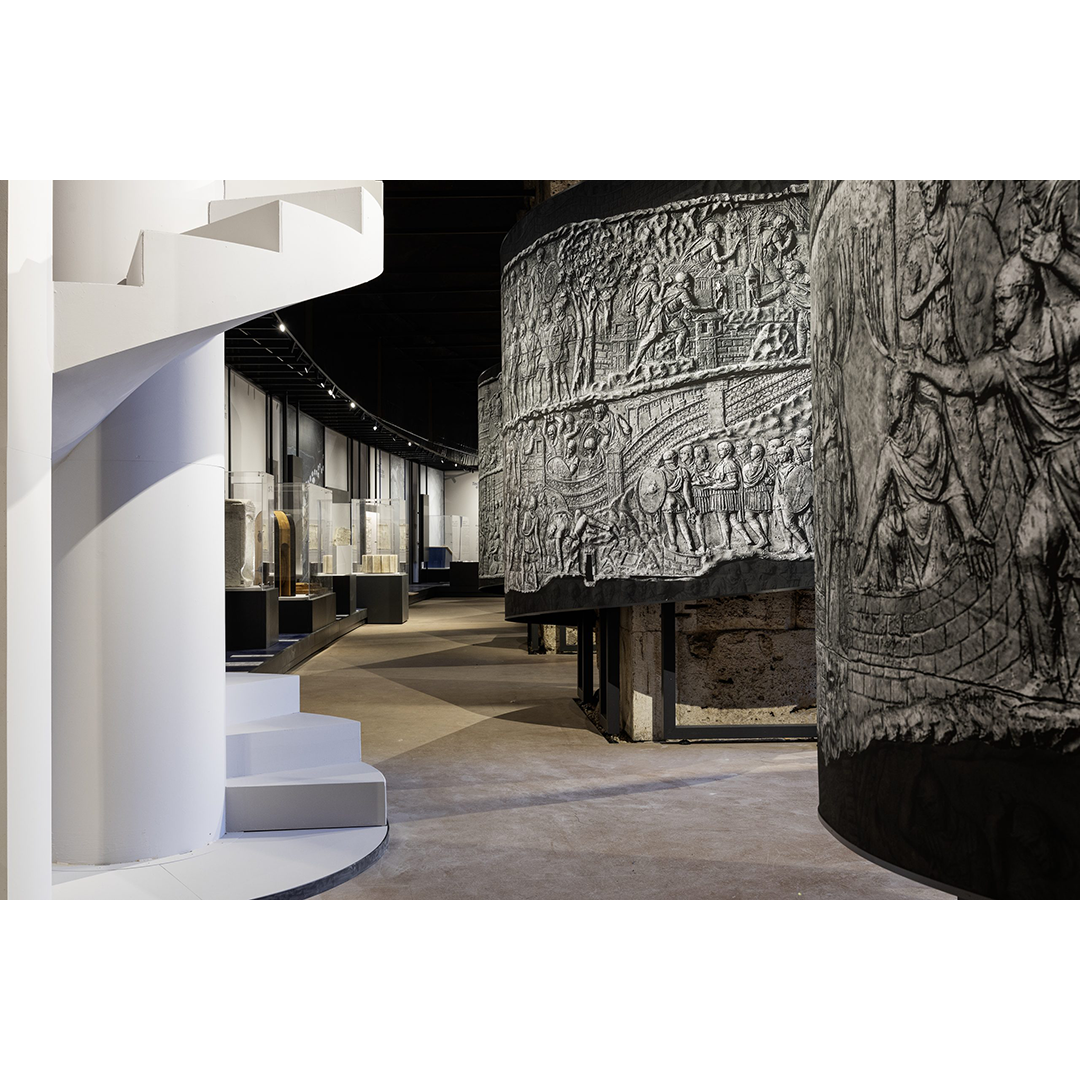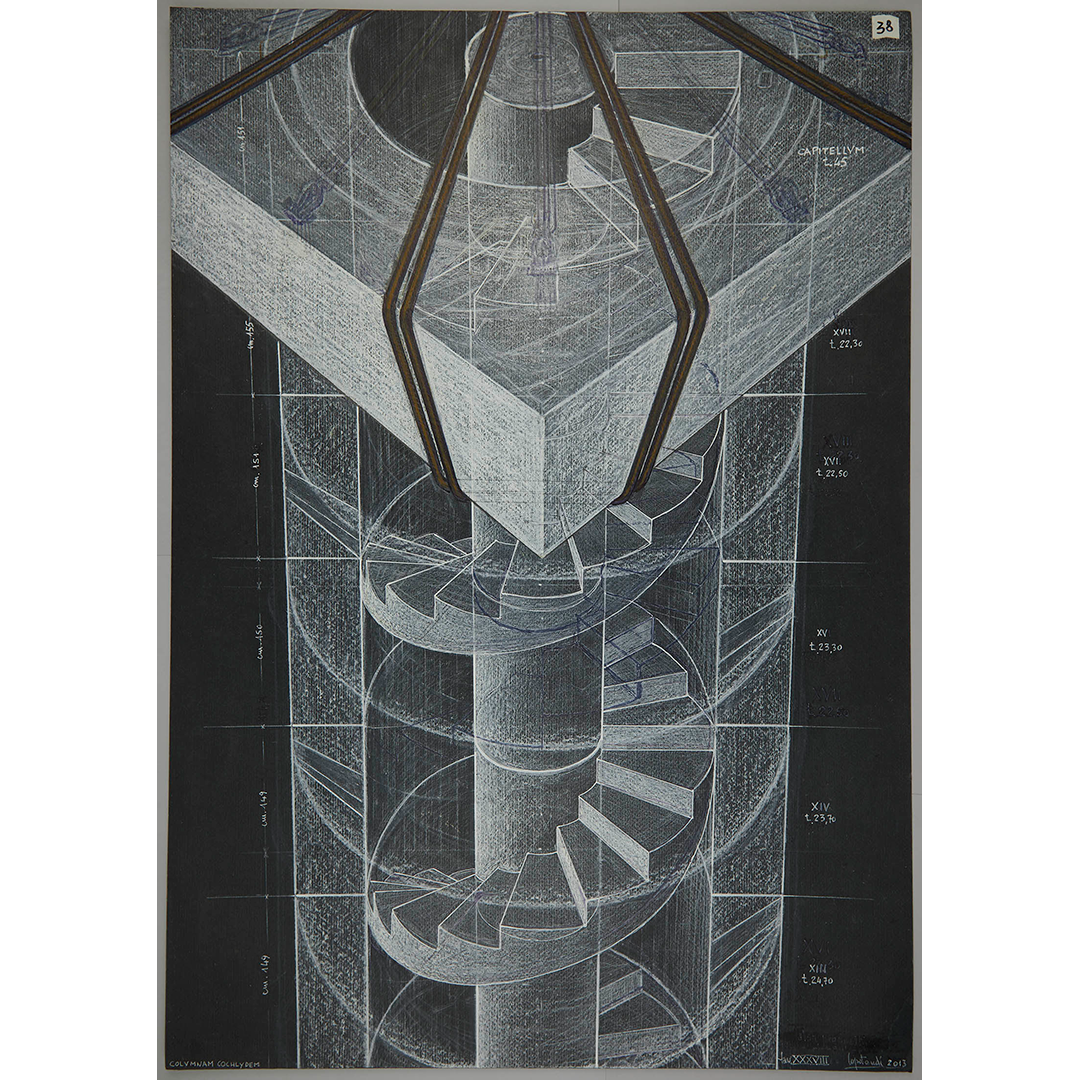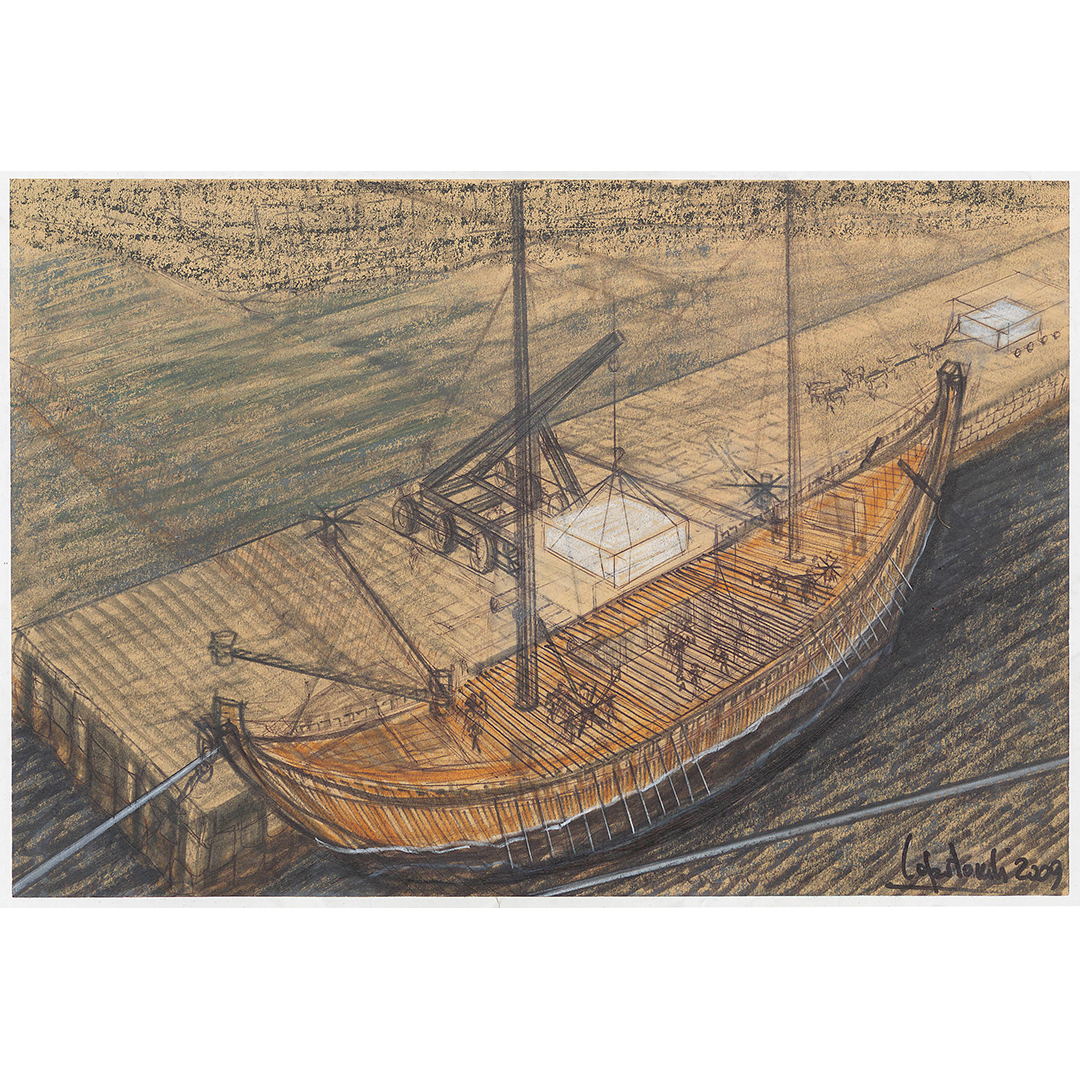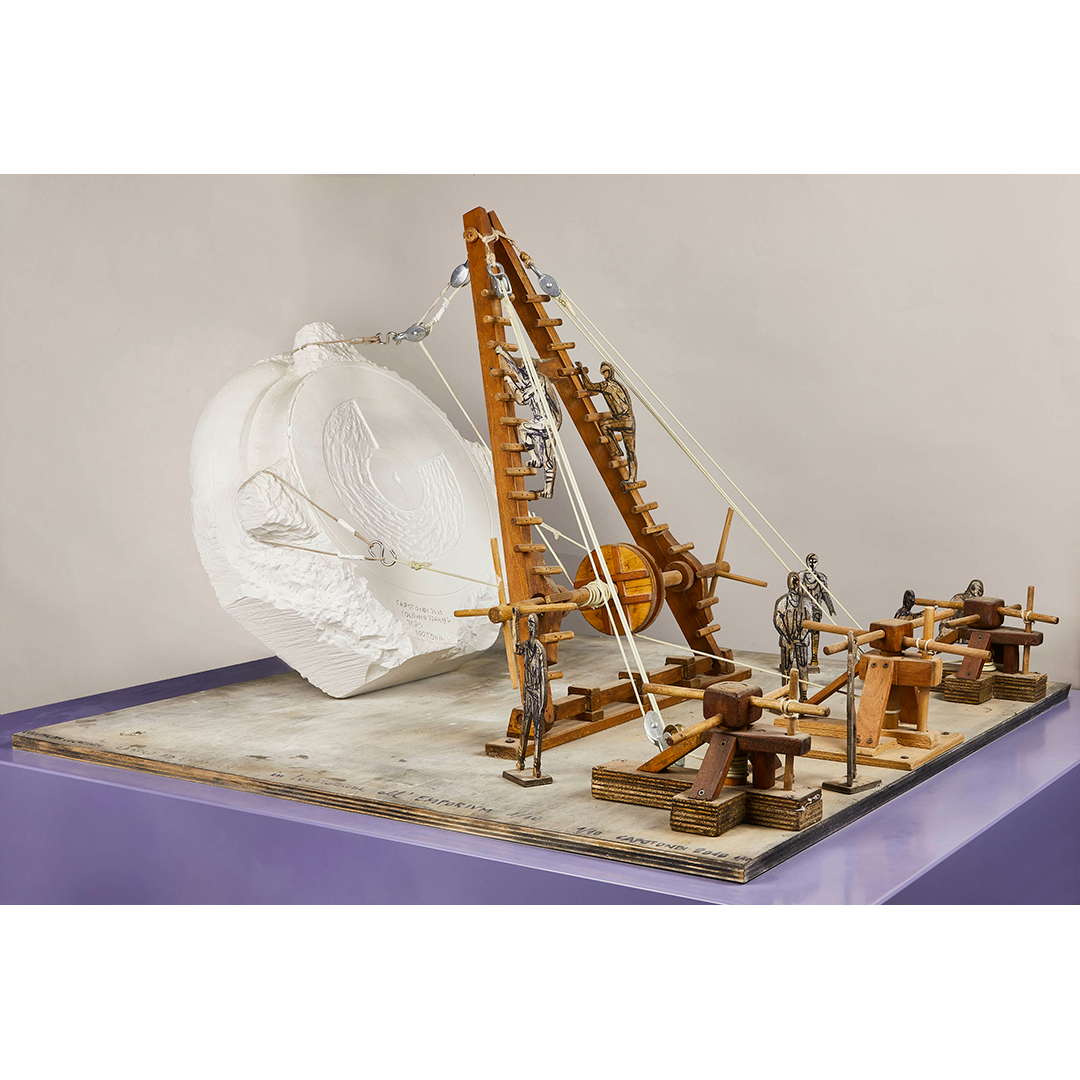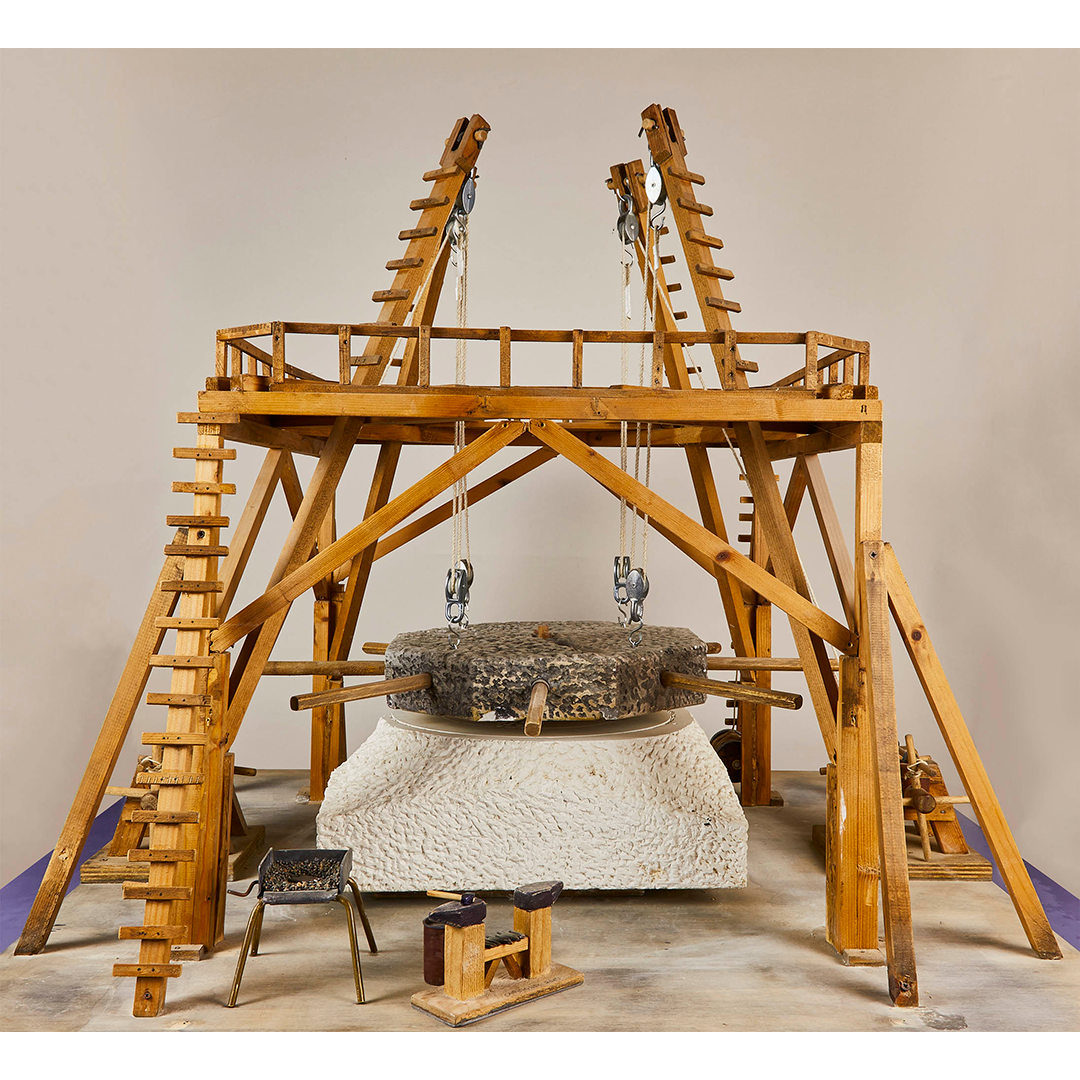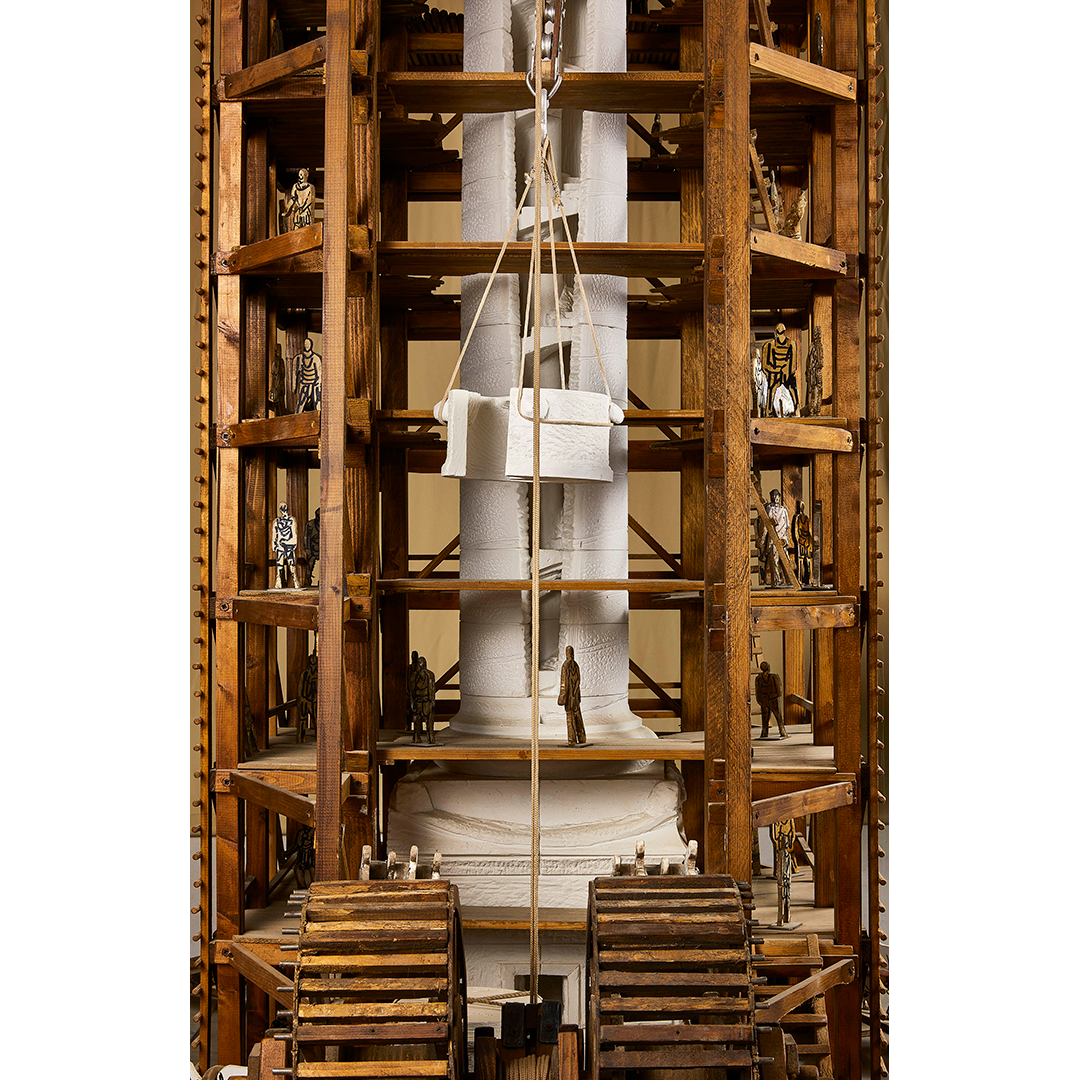Rome, Colosseum Archaeological Park
Trajan Column
Organized by the Colosseum Archaeological Park and Museo Galileo.
The event follows the exhibition “The Art of Building a Masterpiece: Trajan’s Column”, conceived by Museo Galileo and organized in collaboration with the Uffizi Galleries in 2019 (Florence, Boboli Gardens), which has been implemented with new materials and multimedia.

The Trajan’s Column was inaugurated on May 12, 113 C.E., 1910 years ago. The Column is a work of unprecedented complexity, a great challenge for human ingenuity that bears witness to the lofty heights reached by Roman civilization in the art of building. The quarrying of giant marble blocks from the Apuan Alps, the land carriage to the port of Luni, then the conveyance by sea and river to the construction site in Trajan’s Forum, and finally the carving and laying are the phases of engineering and technological procedures that rouse great astonishment even today.

In the following centuries—thanks to its fortune and to the many attempts to draw and imitate it—the Trajan’s Column became a universal symbol which inspired emperors, popes, and kings.
meters of frieze
The exhibition at Colosseum narrates this symbolic role from two different perspectives: a historical and artistic approach in the proper sense, with the life-size reproduction of some parts of the Column’s frieze, whose coils wrap on Colosseum pillars, and a scientific/technological one, which reconstructs the phases of quarrying, transporting, and carving of marble blocks, up to the organization of the construction site in Trajan’s Forum.
The ancient instruments used to quarry, transport, and place the massive marble blocks on site, together with the replicas by renowned sculptor Claudio Capotondi of period machines—such as cranes, towers, and wheels—make it possible to appreciate the construction process of this unquestioned masterpiece. The videos by Museo Galileo are an essential tool to better understand how the machines on display—which were of primary importance to erect the monument—worked.
Info
Rome, Colosseum Archaeological Park, second rank
Opening hours
Open every day; last entry is one hour before closing time
January 1 - February 28 8:30am - 4:30pm
March 1-30 8:30am - 5:30pm
March 31 - April 30 8:30am - 7:15pm
Tickets
Admission to the exhibition is included in the Colosseum Archaeological Park entrance fee.
Highlights
Exhibition view
Foreground, left: Relief portraying a sepulchral building and a treadmill crane, 100-120 C.E., Vatican City, Musei Vaticani, inv. 9998.
Relief with construction scene
Second century C.E.
Rome, Museo Nazionale Romano, inv. 231008
On the right, the seated figure in the act of giving orders could be the Emperor Trajan.
The “lizzatura”
1:10 scale model
Concept and construction by Claudio Capotondi
The model provides a hypothesis for the method used for lowering the marble blocks from the quarry to the valley by means of a sled sliding on wooden planks.
Exhibition view
Foreground, left: life-size reconstruction of some blocks of Trajan’s Column; right: reproductions of the external frieze.
Two-masted crane
1:10 scale model
Concept and construction by Claudio Capotondi
This machine lifted and overturned the marble blocks.
Leveller
1:10 scale model
Concept and construction by Claudio Capotondi
A large abrasive millstone was lifted up and then lowered down on the marble block by means of the winches in order to level its surface.
Scaffolding tower (detail)
1:10 scale model
Concept and construction by Claudio Capotondi
This model represents the machine and the scaffolding that may have been used for assembling the Column in Trajan’s Forum.

 EN
EN  IT
IT 